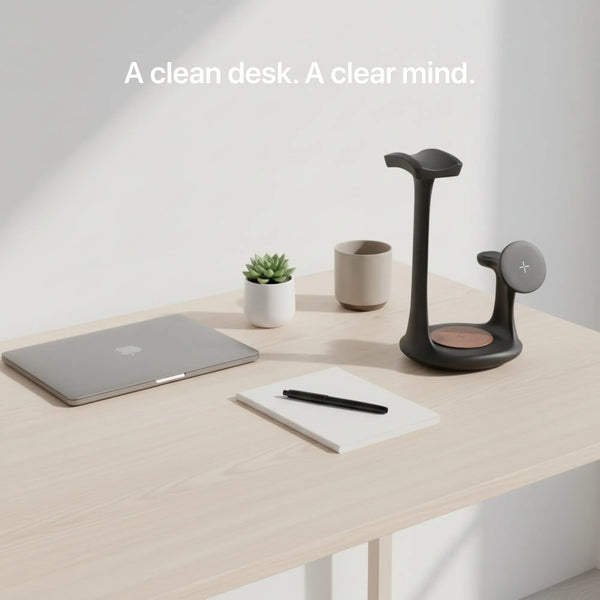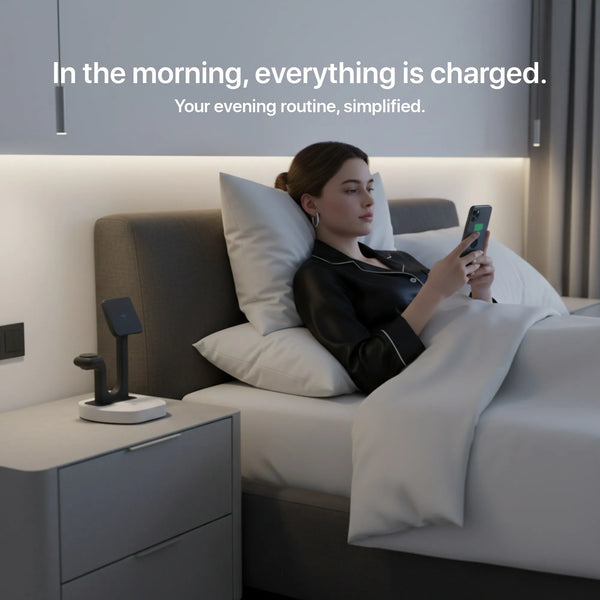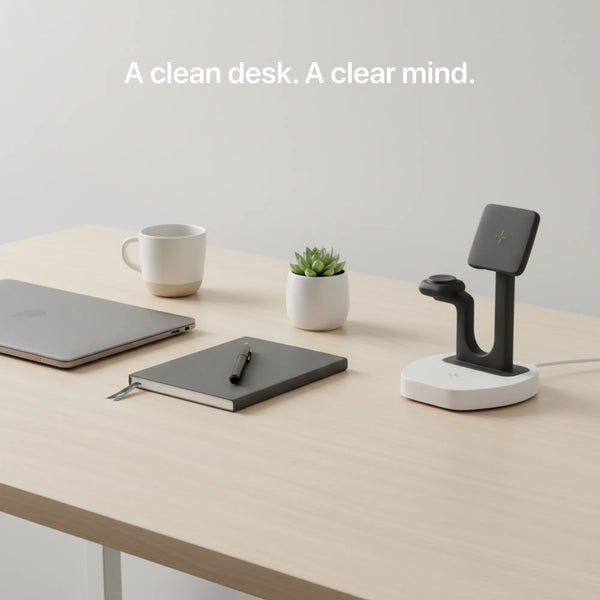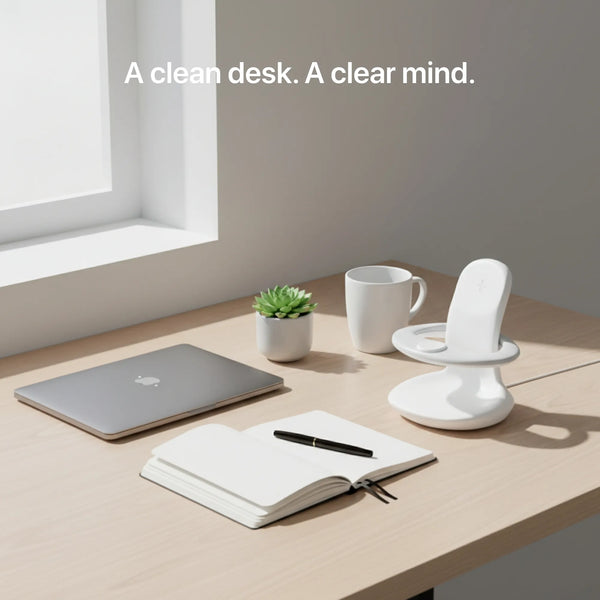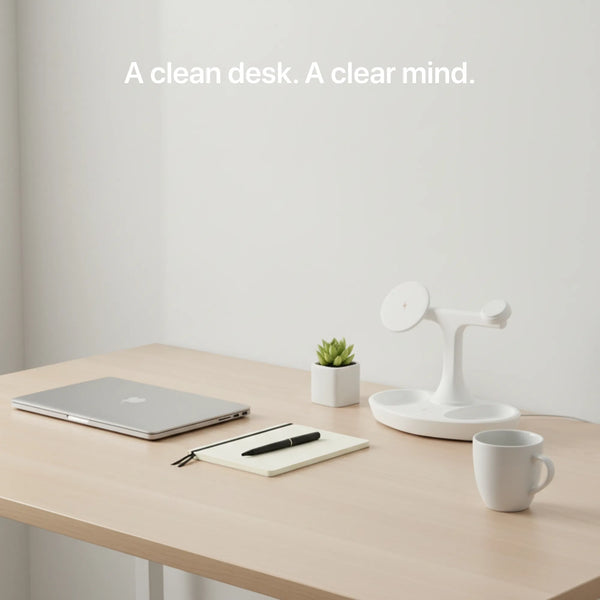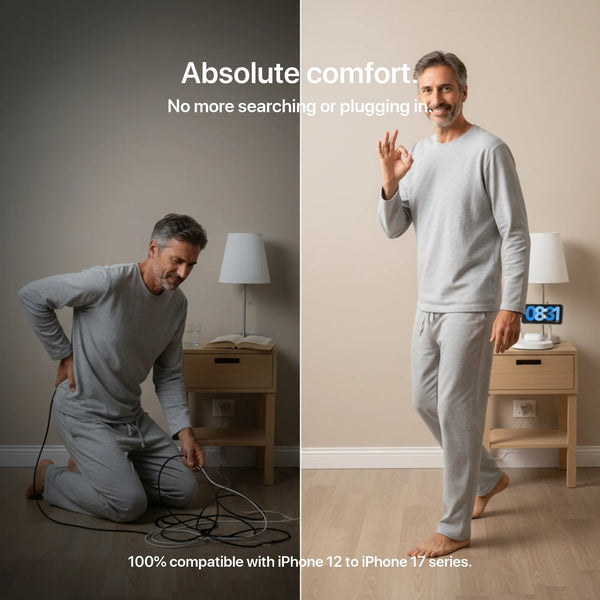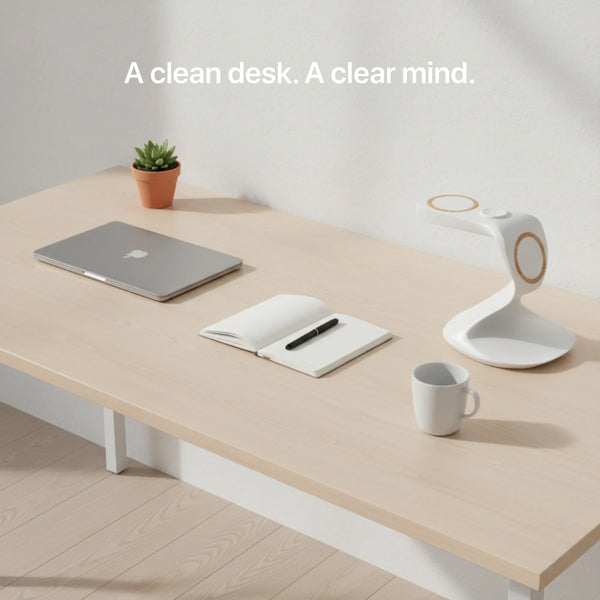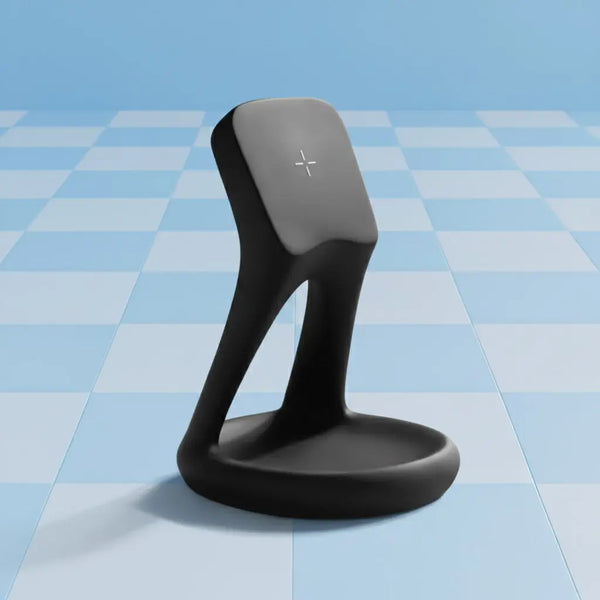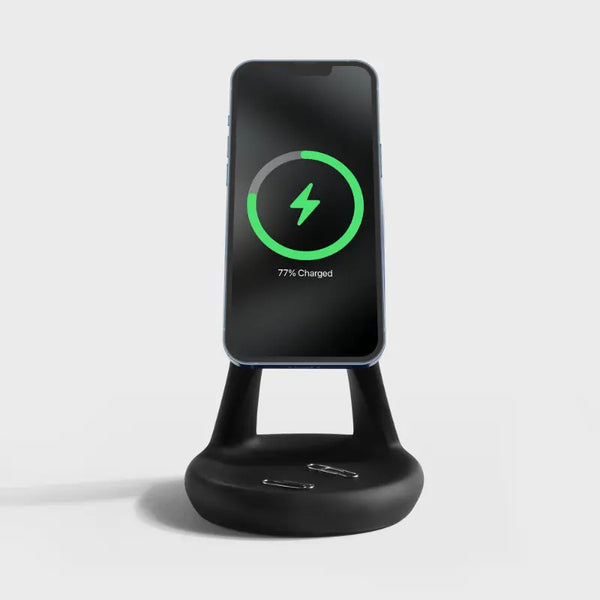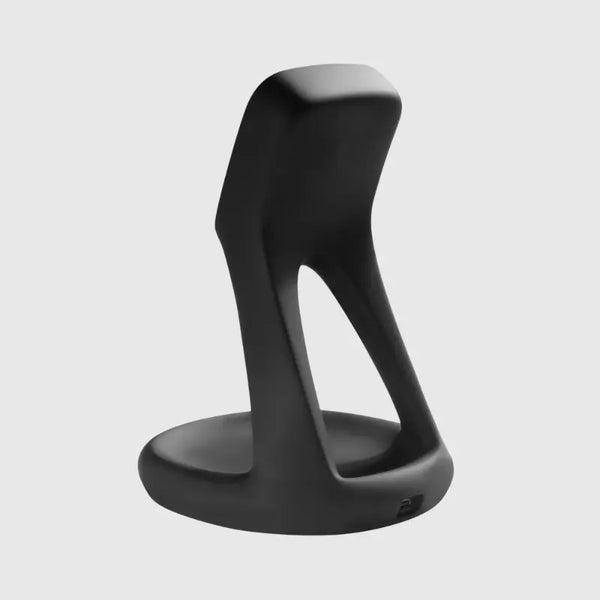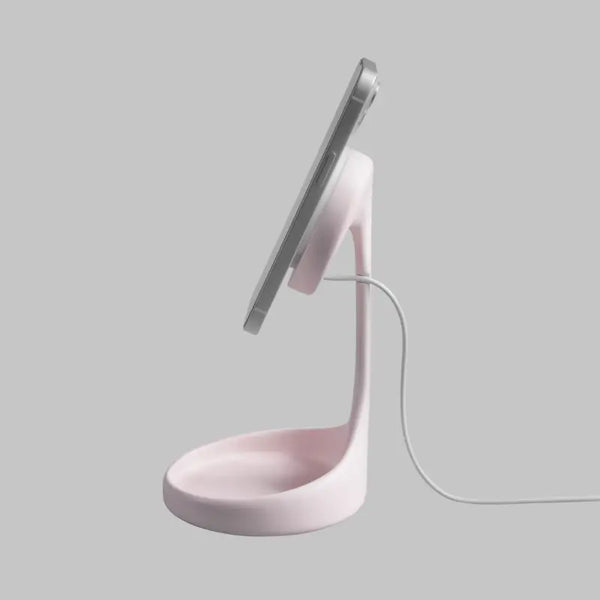While laptops are ideal for working while on the go, they don't exactly promote good posture, you're not alone if you frequently find yourself hunched over and immersed in your work. While adopting this attitude could seem to be a productive move, waking up the following day with body aches and pains is anything but productive.
The good news is that bad habits can be broken and that poor posture is simply a bad habit. The bad news is that it's difficult to cut the cord overnight. Here are a few quick guidelines to help you adopt the proper stance for safe laptop use.
1. Stop Slouching.
Consider pausing for a moment as you read this to consider how you are seated. Are you hunching over? These are many of us' default positions. Even though it's unhealthy for us, we grow so acclimated to slouching that it feels most natural. How to stop slouching is as follows:
Although it might initially seem strange, this is a positive thing. Your body is alert to a shift in routines. You'll quickly come to feel that sitting upright is your new normal.
Some advice: Do you need a little assistance? Check out the Upright Pro! It's a tiny wearable gadget that attaches to your back and gently vibrates anytime you slump, reminding you to straighten up.
2. Select The Ideal Configuration For You.
The term "laptop" is misleading because you shouldn't sit a computer on your lap at all! Your laptop should be positioned so that the centre of the screen is at eye level to maintain correct posture.
Spending money on a
laptop or
monitor stand can be good if your desk is not already set up at the right height for you. Depending on your needs, the laptop supports come in various sizes and forms, including permanent ones and portable ones that are perfect for travellers.
The height of your laptop is not the only thing that might influence your posture and cause problems like neck pain. Here are some additional factors to think about while configuring a laptop:
3. Invest In The Appropriate Tools.
There are numerous more pieces of ergonomic equipment available besides the
laptop stand that might aid your posture. Here are a few instances:
-
Spend money on a stand-up desk. Recently, standing workstations have gained popularity, and for a good reason. A sit-stand desk encourages movement and offers the ideal balance of sitting and standing.
-
Buy a quality keyboard and mouse. Using a separate
mousepad and keyboard gives you more versatility than using the ones with your laptop.
4. Workout
The body is an ecosystem, and a good posture results from exercising enough. Here are some suggestions to help you fit in the recommended amount of exercise each day despite having a hectic workweek:
5. Sleep
Would you trust us if we told you that sleeping is a necessary component of your excellent posture regimen? Even if it might seem too fantastic to be accurate, obtaining enough sleep would help you accomplish much. The following advice will help you make the most of your sleep:
As you can see, developing good posture takes time. But establishing these modest routines and spending money on the appropriate tools can significantly improve health. Today, take that initial step; your limbs will be grateful.













